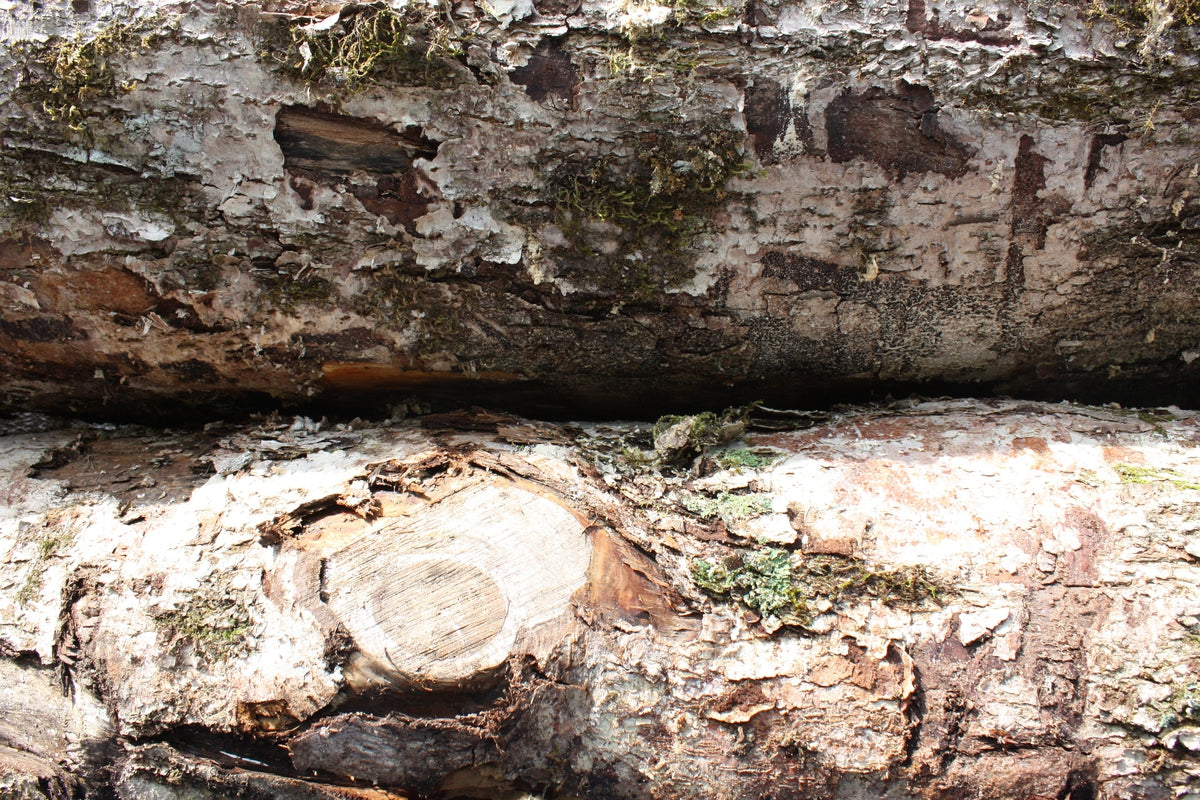blacksmith's knife
在庫数: 3
Couldn't load pickup availability
The Santoku Knife (Cultural Knife) has been completed by Yamagata Cutlery Shimada Hamono Seisakusho, which manufactures the Tagaru Knife.
The production concept of Tagaru Knife was "the second knife that appears many times".
The first knife is the so-called “Santoku knife (Bunka knife)”. This is because most of the people already have one, and many of them have never used a uchihamono knife. It was the starting point of not being able to do it.
Tagaru knives were completed at the end of 2015, and since they went on sale, they have been much more popular than expected and are being used by many customers.
In addition to its sharpness, the hammered pattern and original wooden handle were also well received, and the users could feel the difference between the mass-produced punching knife and the knife forged one by one by a craftsman. . Among them, we received many voices saying that they wanted to use Bunka Knives as part of the Tagaru Knife series.
In response to this request, we made many prototypes and completed this Bunka Knife.
If the hooking knife is the second one, this is the first one. You can use it for everyday cooking.
Whether you're cooking for a large number of people, cutting large vegetables, meat or fish, or for general home cooking, this one knife is all you need.
The blade is made using a traditional knife making method, a so-called Japanese knife.
Mass-produced kitchen knives are called nuki knives. It is a mass production method that keeps costs down by making knives that are cut out with a mold. On the other hand, forging knives are the work of so-called blacksmiths. Originally, the production of agricultural tools such as hoes, and the production of kitchen knives was based on Japanese swords, and has a history of 650 years in Yamagata.
It is a specification called Awaseba (Awase knife), and it is made of stainless steel and has a structure that sandwiches the steel that becomes the blade. Stainless steel and steel are forged, heated to a high temperature, and hammered to harden. Even at room temperature, it is hammered, forged, and sharpened to create a blade. Check it over and over again to remove any distortion, and repeat the sharpening process to complete it. For the material, we chose stainless steel so that it is easy to use on a daily basis, and for the blade that determines its sharpness, we use high-quality steel called Aogami No.2.
There are hammered marks on the blade, but this is unique to a hammered knife. The unevenness of the mallet also makes it easier for the cut ingredients to separate from the blade.
Many of the knives used by Japanese chefs have a "single-edged edge", but this Bunka Knife has a "double-edged edge" because of the concept of a knife that is used every day. Please be assured that it is the same as a general kitchen knife and the usability is also the same. The double-edged blade has a symmetrical blade, so it can be used by both right-handed and left-handed people.
The pattern is the original wood pattern. Even with forged knives, there are many cases where the handle is outsourced, but this one is made by Mr. Shimada, one by one. Many Japanese knives are shaped to be inserted, but like Western knives, they are sandwiched between wood and fastened with brass.
We thought about the balance as a knife that you can continue to use every day, even though it is made with a traditional manufacturing method so that even those who are new to hammered knives can choose it.
Care is not much different from ordinary kitchen knives. No special care is required as long as you wipe off the water after washing.
If there is rust, please use a commercially available rust remover. Among them, the eraser-type rust remover is recommended because it is easy to use and there is little risk of damaging the blade.
Regarding sharpening, in addition to sharpening service near you, it is also possible to re-sharpen at Shimada Hamono Seisakusho where it was manufactured. Please feel free to contact us.
We introduce photos and production videos of the factory. Please take a look.
http://blog.pint.mn/factory-shimadahamono
【material】
Blade: Steel (Aogami No. 2) / Stainless Handle: Keyaki
Double-edged knife
The wooden handle uses solid natural wood, so the wood grain and color depth are different one by one.
【size】
Total length: 31cm Blade length: 18.3cm
Weight: about 135g
[exterior]
Exclusive boxed
[Cleaning method]
・Please avoid using the dishwasher.
・After washing with water, wipe off the water with a cloth.
・If there is rust, use a commercially available rust remover. Among them, the eraser-type rust remover is recommended because it is easy to use and there is little risk of damaging the blade.
*Frequently Asked Questions/Supplementary Comments*
・Regarding sharpening, in addition to the nearby sharpening service, it is also possible to re-sharpen at Shimada Hamono Seisakusho where it was manufactured. Please feel free to contact us.














































